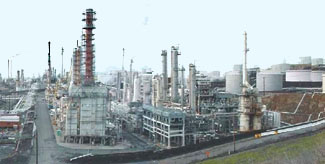Shigella dysenteriae
Articles that lack this notice, including many Eduzendium ones, welcome your collaboration! |
Classification
Higher order taxa
Domain:Bacteria
Phylum: Proteobacteria
Class: Gamma Proteobacteria
Order: Enterobacteriales
Family: Enterobacteriaceae Use Tree of Life link to find]
Species
Shigella dysenteriae
Description and significance
Describe the appearance, habitat, etc. of the organism, and why it is important enough to have its genome sequenced. Describe how and where it was isolated. Include a picture or two (with sources) if you can find them.
Shigella was discovered over 100 hundred years ago by the Japanese biologist Shiga, which the genus was named after. (reference) Shigella dysenteriae is gram-negative, meaning it contains a thinner peptidoglycan layer and an outer membrane. Shigella dysenteriae are rod (bacillus) shaped, non-motile bacteria. Their natural habitat is within the human gastro-intestinal tract, but it found within other primates as well. The accumulation of bacterial shigella dysenteriae is known to cause a condition known as shigellosis.
Genome structure
Describe the size and content of the genome. How many chromosomes? Circular or linear? Other interesting features? What is known about its sequence? Does it have any plasmids? Are they important to the organism's lifestyle?
The genome structures of the species' in shigella vary greatly. Shigella dysenteriae is the smallest out of the genus, which contains three others.
Cell structure and metabolism
Describe any interesting features and/or cell structures; how it gains energy; what important molecules it produces.
Ecology
Describe any interactions with other organisms (included eukaryotes), contributions to the environment, effect on environment, etc.
Pathology
How does this organism cause disease? Human, animal, plant hosts? Virulence factors, as well as patient symptoms.
Application to Biotechnology
Does this organism produce any useful compounds or enzymes? What are they and how are they used?
Current Research
Enter summaries of the most recent research here--at least three required
